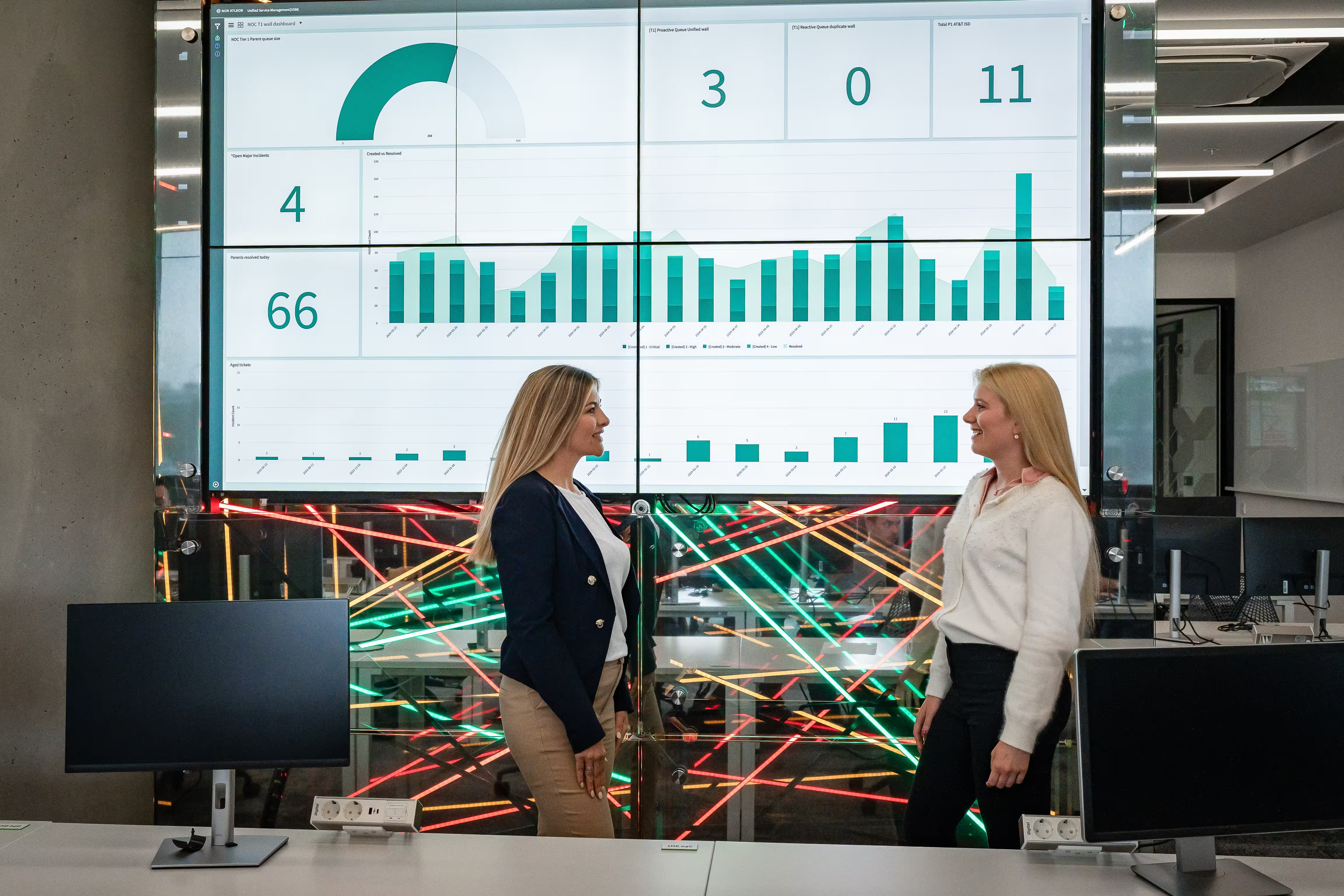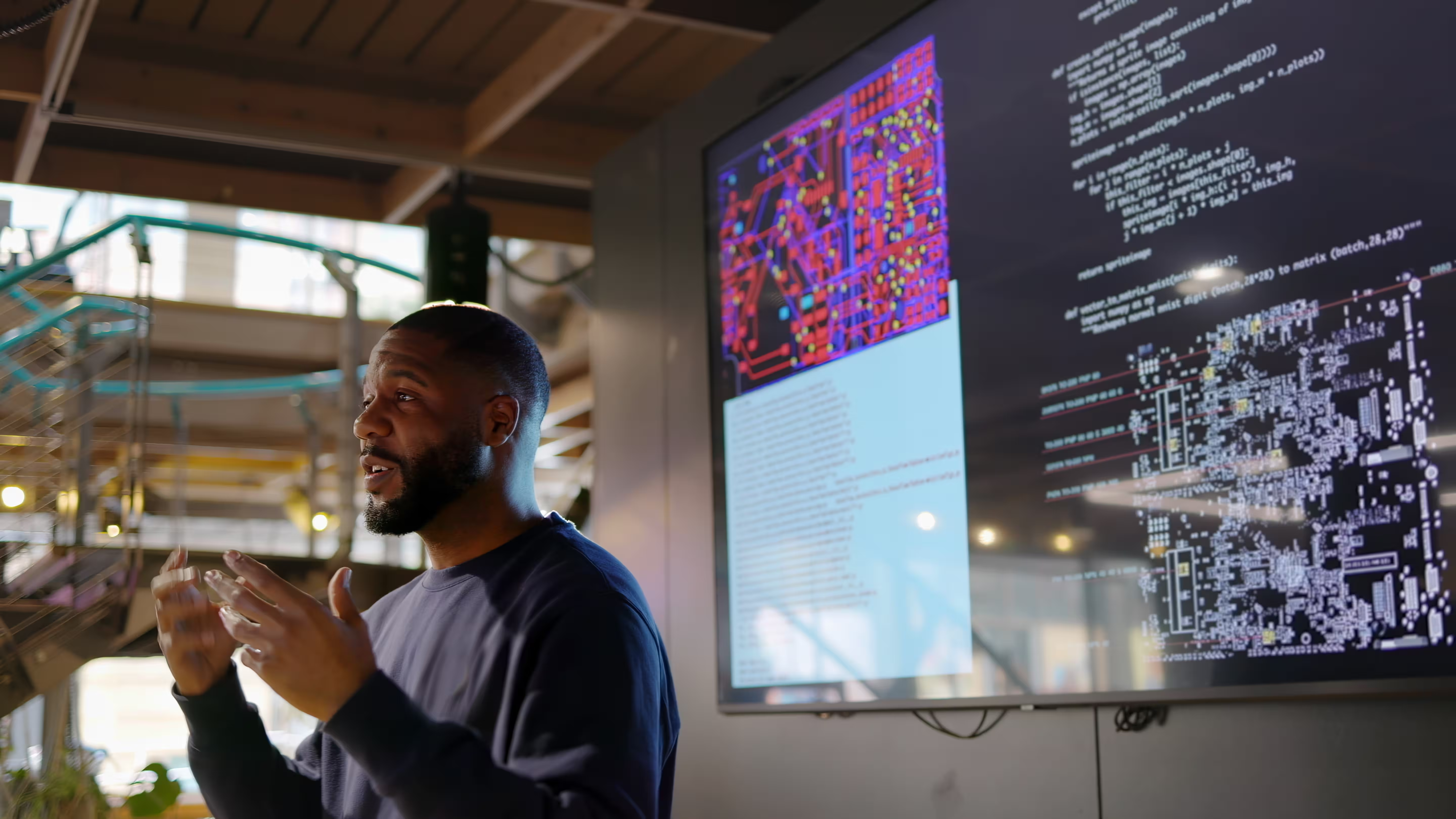Peak Season 2: Banks, stores go remote to keep essential transactions running
Right now, essential businesses like grocery retailers, banks and credit unions are facing a much higher volume of store and ATM transactions. In many ways, it’s like a second peak season—that time over the holidays that typically sees a much higher volume of transactions. Today, as more regions and territories begin to return to full operations, implement new operating protocols or consider reopening strategies, businesses will face a number of challenges. Deploying remote, digitally connected services can help.
In many ways, remote monitoring services that protect device availability can be a key strategy in keeping businesses and experiences available and, if temporarily closed, reopen faster. In fact, as part of its Operation Open Doors campaign, the National Retail Federation provides a series of resources to help store owners prepare to reopen, including a checklist. Among its recommendations is a suggestion to prepare equipment for startup.
In the banking industry, amid temporarily closed branches, shorter hours and limited services, consumers are using ITMs, ATMs and digital banking platforms much more often. These devices must be up to the task of handling additional traffic. According to the American Bankers Association, financial institutions have ensured business continuity by encouraging customers to use technology to manage their finances remotely. Similarly, the banking industry can rely on remote services to help monitor the performance and health of ATMs, ITMs and mobile banking software to make sure these consumer lifelines are always available.
Businesses are also beginning the task of reopening—and getting this right will be make-or-break for many. The last thing anyone wants to think about during such an intense time is how to keep an ATM running or troubleshooting an issue with a self-checkout system.
Here are three additional reasons why retailers, restaurants and financial institutions are turning to remote digital connected services:
- The freedom to focus on business—not IT. Banks, restaurants and retailers are focused on reopening while trying to facilitate physical distancing and other mandates. Digital connected services that are handled remotely can free up staff to focus on the huge task of getting back to business, without having to worry about technology. Just as the pivot to new norms at the peak of the pandemic required significant attention, business owners will want to be just as focused on planning and executing their next steps. Having the benefit of an outsourced partner to manage through this will give business owners the time to focus on the return.
- Accommodating new consumer behaviors: From physical distancing to contactless transactions to two-way video banking, businesses are facing a new way of doing business and new behaviors. So they need data, insights and strategies to rethink their operations. Remote monitoring helps businesses maintain physical distancing protocols, since monitoring doesn’t have to happen in person. The technology exists to enable remote monitoring with user-enhanced visual dashboards available at the click of a mouse.
- Managing limited resources. Some businesses are faced with limited resources as a result of the pandemic. In many cases, third-party partners can work as an extension of a business, filling the IT and operational gaps with experienced, skilled professionals who can provide remote help desk services, data visualization dashboards or any work that makes monitoring store activity easier. Remote monitoring services are especially key in terms of preventative health checks; they can remotely detect incidents before they can disrupt commerce, which is critical—today’s stakes are just too high to risk a poor customer experience because the technology went down or a service was interrupted.
Some banks, retailers and restaurants have already started to partner with third parties to monitor remotely the health of their self checkouts, scanners, cash registers, ATMs, ITMs and other devices. With constant monitoring and management of their IT assets, not only can businesses practice physical distancing and focus on managing operations in light of the pandemic, but they also can proactively detect small inconsistencies that could disrupt devices—and peak season business.
One of the greatest benefits of technology is that it makes our lives easier. Now more than ever, it’s a good time for businesses to consider remote technology as a means to get back to business faster, and gain more time to focus on redesigning a memorable customer experience.
In a time of uncertainty, NCR is ready to help.
We’re committed to helping financial institutions, restaurants and retailers of all sizes navigate the many challenges of the COVID-19 outbreak. For more information—contact NCR.
Our Services team is on the job, right now, safely keeping commerce running everywhere around the world. And we’re providing guidance, solutions and recommendations.
You can call us in the U.S. at 1-800-CALL-NCR or call outside of the U.S. at 1-937-445-1936.
Let’s explore what’s possible for your business. Our team is ready to connect and discuss tailored solutions that meet your goals.
Thank you for reaching out. A member of our team will be in touch shortly to continue the conversation.






%20(1).jpg)





%20(1).jpg)

%20(1).jpg)




%20(1).jpg)
%20(1).jpg)
%20(1).jpg)

%20(1).jpg)
%20(1).jpg)
.jpg)
.jpg)
.jpg)
%20(1).jpg)
.jpg)
.jpg)
.jpg)




.jpg)
.jpg)
.jpg)
.jpg)
